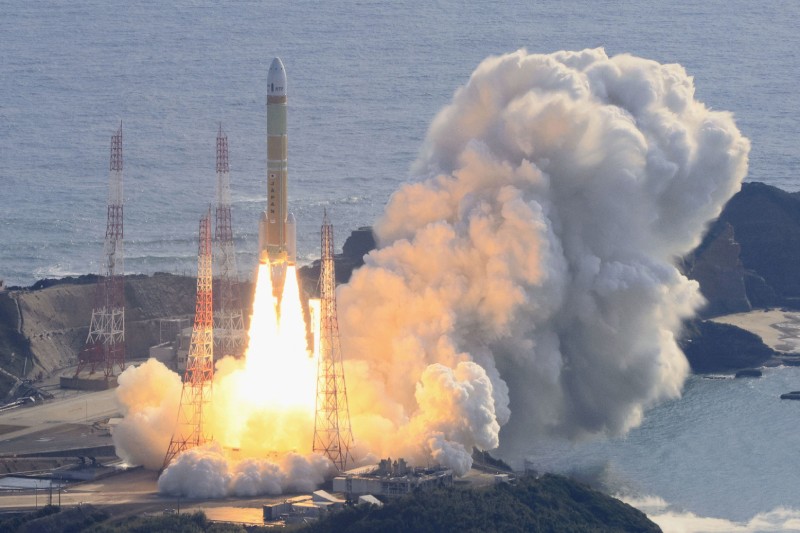Japan Successfully Launches An H3 Rocket Into Orbit With An Advanced Satellite

An additional step toward proving the H3’s potential as a “easy-to-use” rocket was taken on Monday when the Japan Aerospace Exploration Agency (JAXA) successfully launched an advanced observation satellite into orbit using its new flagship H3 rocket.
As JAXA officials celebrated the successful launch of the third H3 rocket, there was a roar of applause at the launch control center at Tanegashima Space Center in Kagoshima Prefecture. The Advanced Land Observing Satellite-4 (ALOS-4), also called Daichi-4, was being carried by the H3. JAXA and Mitsubishi Electric developed it together after Daichi-3 was lost in an unsuccessful H3 launch in March of last year.
“It was truly a perfect launch, a perfect 100 out of 100,” said Makoto Arita, the JAXA H3 project team manager.
Following a predetermined course, the H3 rocket broke apart into two stages, launching the satellite into orbit, and letting its remnants crash into the Indian Ocean.
“the payload, Daichi-4, was deployed into its operational environment — space — and has commenced its mission,” JAXA head Hiroshi Yamakawa told after the launch.
Praiseing the successful launch, Prime Minister Fumio Kishida expressed his “respect for the efforts of all involved parties and hopes for the advancement” of Japan’s space program in a post on the social media platform X.
After its 50th launch later this fiscal year, which continues through March 2025, JAXA intends to launch six H3 rockets yearly, gradually retiring the older H-IIA rocket, which is its present workhorse.
Although Yamakawa stated that JAXA would continue to closely examine the outcomes of the most recent launch, he anticipates that successfully launching an H3 rocket for the second time in a row will increase its credibility both locally and internationally.
The initial effort at an H3 launch was abruptly canceled in February of last year. The rocket’s second-stage engine failed to ignite on the second try the following month, just after liftoff, forcing the agency to order the rocket to self-destruct. This February, JAXA successfully launched the H3 rocket for the first time.
The H3 rocket carrying the Daichi-4 was supposed to launch on Sunday, but bad weather forced JAXA to postpone that effort.
The development of the Daichi-4, designed for high-resolution Earth observation, came at a cost of about ¥32 billion. Its observation range is 200 kilometers, which is four times longer than the Daichi-2’s. Its wide range enables it to monitor efficiently in inclement weather and at night.
The satellite can detect landslides, deformation of the ground, and the effects of natural calamities including earthquakes, volcanic eruptions, and periods of intense rainfall. It can also quickly assess the degree of damage following calamities.
Furthermore, the Daichi-4’s Automatic Identification System (AIS) signals receiver allows it to monitor ship movements. Essential ship data, such as call signs, names, locations, courses, speeds, and destinations, are automatically sent and received by AIS. This technology improves information sharing and communication between ships as well as between ships and fixed stations.